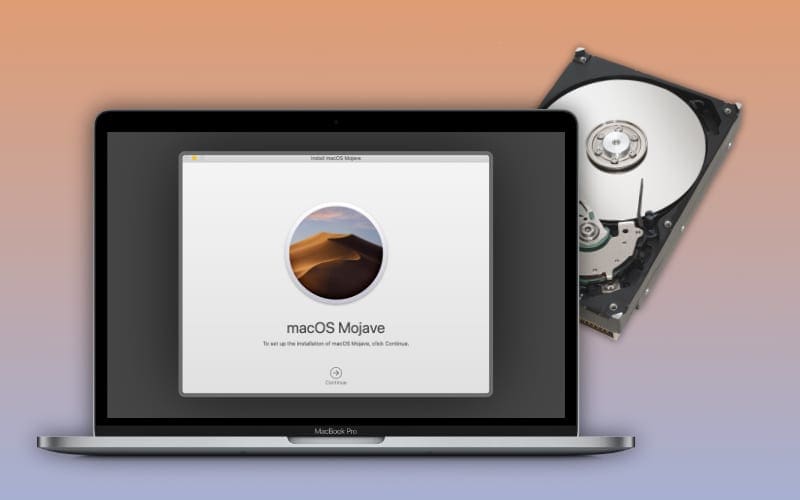

- #Mac pro mid 2012 max hard drive mac os
- #Mac pro mid 2012 max hard drive install
- #Mac pro mid 2012 max hard drive upgrade
- #Mac pro mid 2012 max hard drive windows
If the installed macOS is not the current macOS, then download and install the current macOS from the Apps Store.Note: If you are installing High Sierra (macOS 10.13.x) to a SSD, this drive will probably be converted use the APFS format. If you desire encryption, then select "Mac OS Extended (Journaled, Encrypted)" format instead. When prompted, select the "Mac OS Extended (Journaled)" format. Use the Disk Utility application to erase the drive. If you feel lucky, you can try omitting this step. Occasionally, step 5 fails, if step 4 is skipped. Note: Normally you should not have to use the diskutil commands to erase the drive. Open a Terminal window and enter the following commands. Release the keys when the Apple logo or a spinning globe appears.You can convert to APFS later, if you wish.
#Mac pro mid 2012 max hard drive windows
Many users have report difficulties using the Boot Camp Assistant to install Windows when the APFS format is used.

Many users have reported problems repartitioning their drives when APFS is in use. The Apple File System (APFS) was introduced with High Sierra. You will also have the option to select "APFS". Use the Disk Utility application to erase the HDD. If you have a hard drive and ssd in a 2012 MBP, have the hard drive in the hard drive.
#Mac pro mid 2012 max hard drive mac os
Release the keys when the Apple logo or a spinning globe appears Unable to install Mac OS High Sierra in Macbook Pro Mid 2012 13. Startup your Mac and immediately hold down the option+ ⌘+ R key combination. The Apple proprietary PCIe SSD drive has only ever shipped in up to 1TB capacity so obviously that means you can only get and use a 1TB module.This answer is more tailored to your question. capacity limits on the Mac Pro that would apply, so if you can find a 2TB or bigger drive it should work.
#Mac pro mid 2012 max hard drive upgrade
If you did upgrade the internal drive bays to SATA III as described above then it would still allow booting with a SATA SSD drive. Option 1, 2a, 3 and 4 can be used for boot drives, as mentioned I do not believe Option 2b can used for booting and I am not sure about Option 5.

striping across all four drives you can get four times the speed of just one drive and also it combines them so that 4x1TB drives would also give you a total of 4TB of capacity. Option 5 would be to get the Amfeltec Squid card and up to four AHCI PCIe SSD drives, by using RAID0 i.e. Option 4 would be to get a PCIe SATA card on to which you can directly attach a standard SATA SSD drive, these cards are SATA III so you also avoid the limitation of the standard internal drive bays only being SATA II. This would let you use a genuine Apple SSD drive as originally fitted in an iMac or MacBook Pro 2015 or MacBook Air. Option 3 would be to get a similar PCIe adapter designed specifically for Apple's own proprietary connector AHCI PCIe SSD drive. NVME is a newer standard than AHCI and NVME is specifically designed for SSD drives, however whilst you should be able to use such a drive as a data drive you may not be able to use it as a boot drive. Option 2b would be to get a standard M2 connector NVME PCIe SSD drive and the same PCIe adapter as above. Option 2a would be to get a standard M2 connector AHCI PCIe SSD drive and a PCIe adapter card like this So, using a SATA SSD drive in one of the bays is option 1. s-SATA-III-RAID-Controller-Card-Mini-SAS… You need to first get special replacement drive sleds as per ID=189&ParentCat=351 and you also need to get a PCIe SATA III controller card which has a mini-SAS internal connector e.g. Option 1 the easiest is to get a SATA SSD drive and as others have mentioned a 3.5" to 2.5" adapter and then you can fit it in one of the standard drive bays.Ĭontrary to what people have said here it is possible to upgrade the drive bays from the original SATA II to SATA III, it is merely that it is not really cost effective to do so. There are several different types of SSD that could be used.


 0 kommentar(er)
0 kommentar(er)
